One of the biggest great whites ever filmed shows up near where families vacation.
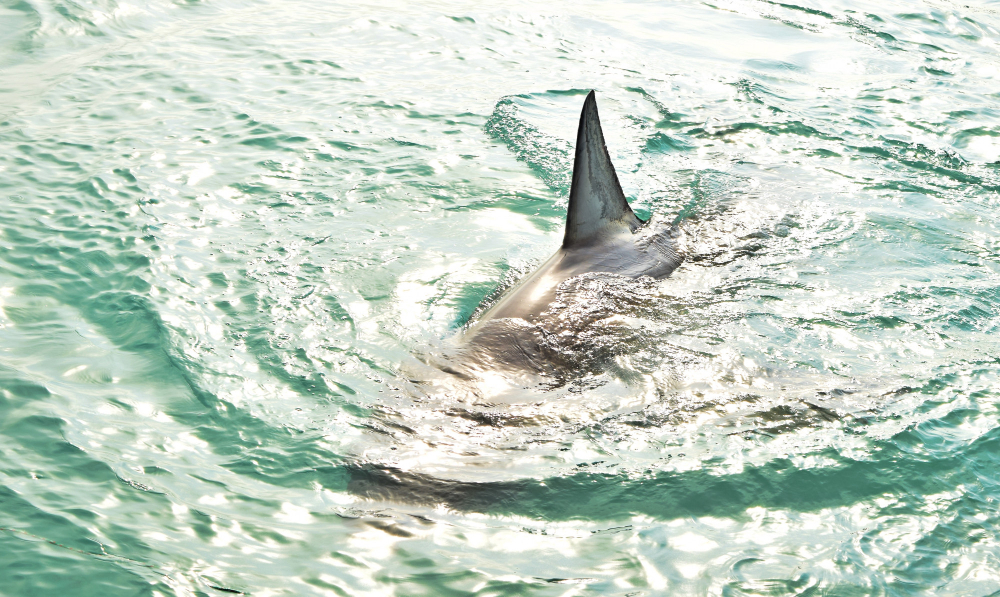
That’s what stunned researchers and beachgoers when “Contender,” a massive male great white, appeared near North Carolina’s coasts—waters normally buzzing with swimmers and kayakers. Measuring roughly 14 feet and tipping the scales at over 1,600 pounds, he’s now one of the largest great whites documented in the Atlantic.
His presence in familiar surf zones forces a hard rethink about how close we live to the natural world. That dorsal fin breaking the surface is not just a spectacle—it’s a reminder that the ocean is shared with predators.
1. The shark’s size defies expectations.
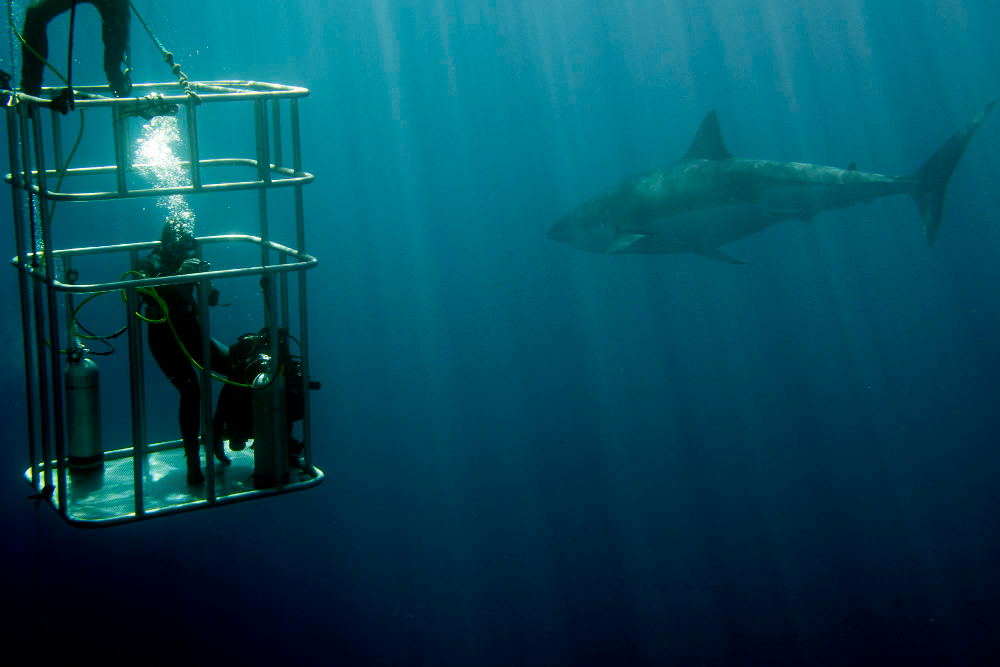
Contender isn’t just big—he’s extraordinary. As a mature male estimated to be around 30 years old, his length and weight place him well above typical great whites encountered near shore. His scale forces people to confront just how few boundaries exist between human leisure zones and shark habitat.
When such a giant appears in the same waters where families swim, it shakes our sense of safety. That visceral reaction is part fascination, part anxiety—and it reminds us that nature doesn’t always ask permission before it shows up, according to African in Space.
2. He turns up in prime tourist waters.
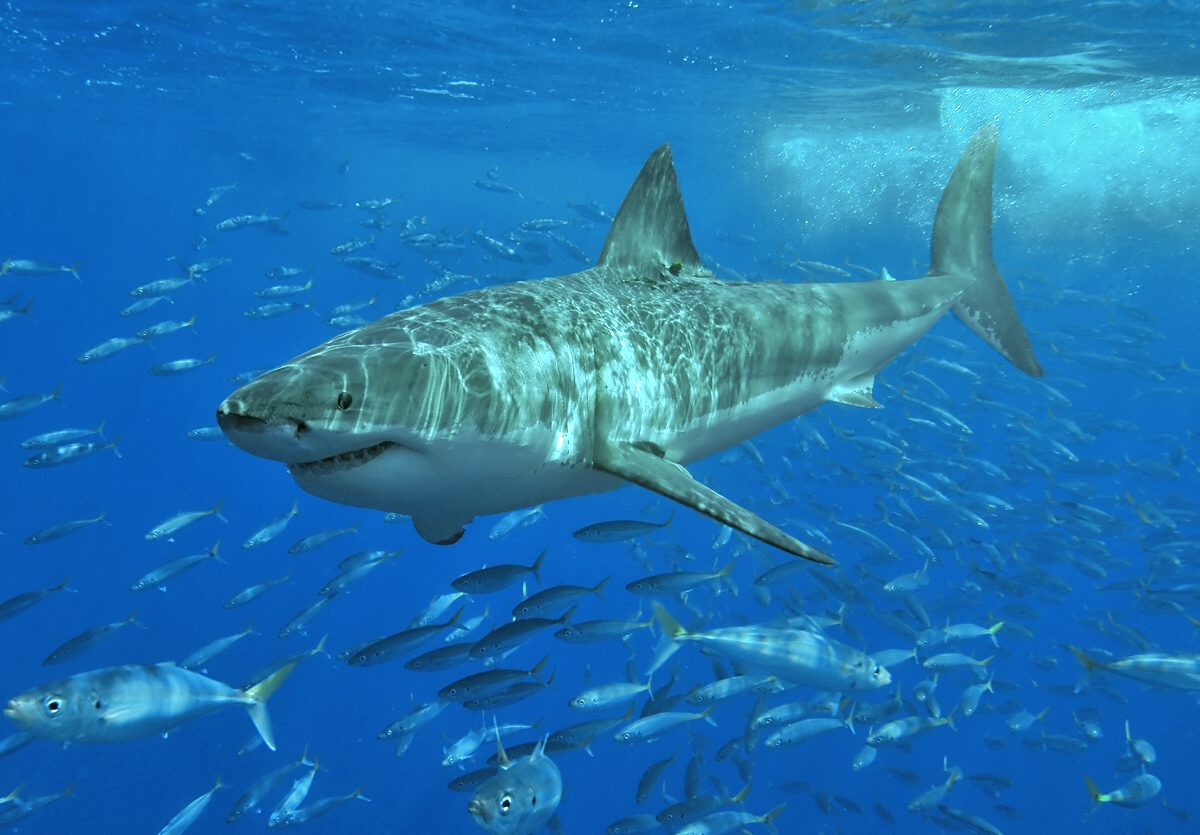
Contender was first tagged closer to Florida and Georgia, then monitored as he made a stretch northward. He moved into areas like Pamlico Sound near the Outer Banks, where vacationers boat, float, and splash daily. His presence in these zones challenges assumptions about where apex predators belong.
Tourist beaches now carry a subtle tension. Enjoyment mixes with awareness—parents glance at waves differently, and paddlers scan for patterns. The shark’s route underlines that even popular destinations are part of vast underwater highways, as mentioned in VICE.
3. Migration maps reveal the shark’s purpose.
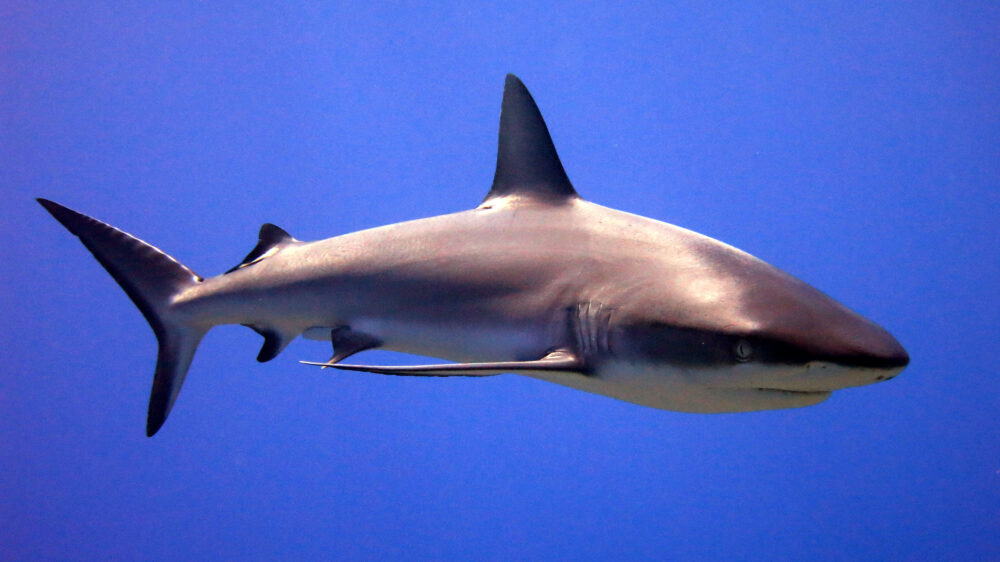
Biologists studying Contender see his movements not as random wanderings, but deliberate migration. The shark appears to use pit stops—like the Outer Banks—to feed and recharge before pushing further north. In doing so, he blurs lines between stereotypical “shark territory” and recreational ocean zones.
These migration routes give crucial insight into behavior, feeding zones, and timing. The fact that Contender pauses near beaches underscores how often human and predator paths overlap—even when we think we’re far from danger, as reported in People.com.
4. Tracking enhances both awe and caution.

Thanks to tagging technology, Contender’s pings inform researchers’ understanding of great white ecology. Each resurfacing gives data on depth, speed, and direction—information that guides both conservation and safety messaging.
Still, the knowledge comes burdened with tension. As his path becomes more known, local officials and beach managers face added pressure to communicate risk without provoking panic. The balance between scientific interest and public reassurance grows delicate.
5. Conservation and curiosity collide.
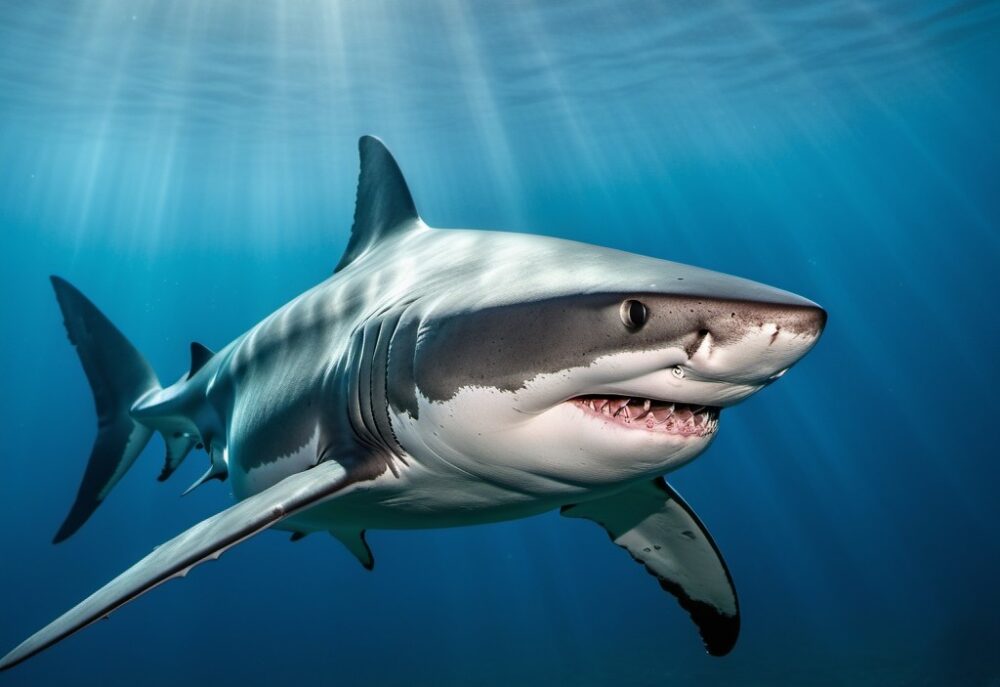
Great whites are not villains—they’re essential to ocean balance. Contender’s size and health draw attention to a species under pressure from fishing, habitat loss, and climate disruptions. His presence becomes both a marvel and a mandate to protect.
Yet public fear often pushes the narrative toward danger rather than wonder. Bridging that gap—encouraging respect without fear—is one of the central challenges when a shark of his magnitude shows up in vacation waters.
6. Families must rethink beach rules.

Seeing a giant like Contender swim near familiar shores changes how we behave in water. Simple strategies—staying in groups, avoiding dawn or dusk swims, and watching for posted warnings—matter more when a shark’s trajectory overlaps ours.
Still, it’s vital to keep perspective: shark encounters remain rare. The goal isn’t paralysis—it’s respect. The ocean is shared, and a little caution goes a long way toward staying safe, learning more, and admiring these giants from a distance.
